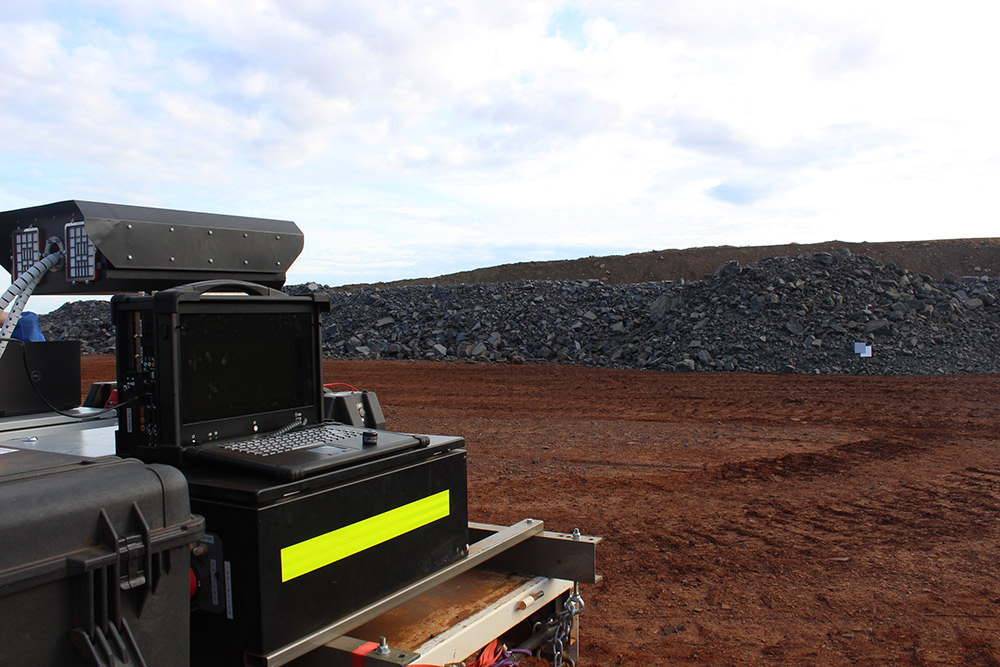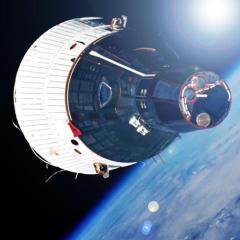New automated mining technology, developed at The University of Queensland with research partners Plotlogic Pty Ltd, will allow workers to be removed from hazardous parts of the mining process and improve efficiency.
Innovative research shows how AI can use scans of the mine face to almost instantly identify valuable minerals and waste rock, allowing each stage of the mining process to be planned more effectively in advance.
Professor Ross McAree, Head of School of Mechanical and Mining Engineering from UQ, said the new technology used visible and infrared light to automatically classify materials.
“Each mineral has its own characteristic response to different wavelengths of light, so by scanning the mine face with our system we can map out the minerals present in the rock and their concentration (ore grade) almost instantaneously,” Professor McAree said.
This real-time mapping allows the mining process to be planned out before digging even starts.
“Beyond this immediate efficiency gain, the enhanced ability to recognise ore grade could also underpin future autonomous mine systems,” he said.
“Machines equipped with this imaging system would be able to recognise ore grade as they were excavating it.
 “Linked to artificial intelligence, this could allow automated machinery to operate in the mine environment, removing workers from hazardous parts of the mining process.”
“Linked to artificial intelligence, this could allow automated machinery to operate in the mine environment, removing workers from hazardous parts of the mining process.”
The research was supported by the Minerals Research Institute of Western Australia (MRIWA).
MRIWA CEO Nicole Roocke said investment into research like this helped to position Australia’s minerals industry at the leading edge of technology development.
“This imaging approach could prove particularly valuable, where rapid extraction and consistency of ore grades could provide a competitive advantage to those leading the way,” Ms Roocke said.
The technical report summarising the findings of this research can be found here.
Media: UQ Communications, Genevieve Worrell, g.worrell@uq.edu.au, +61 408 432 213.



